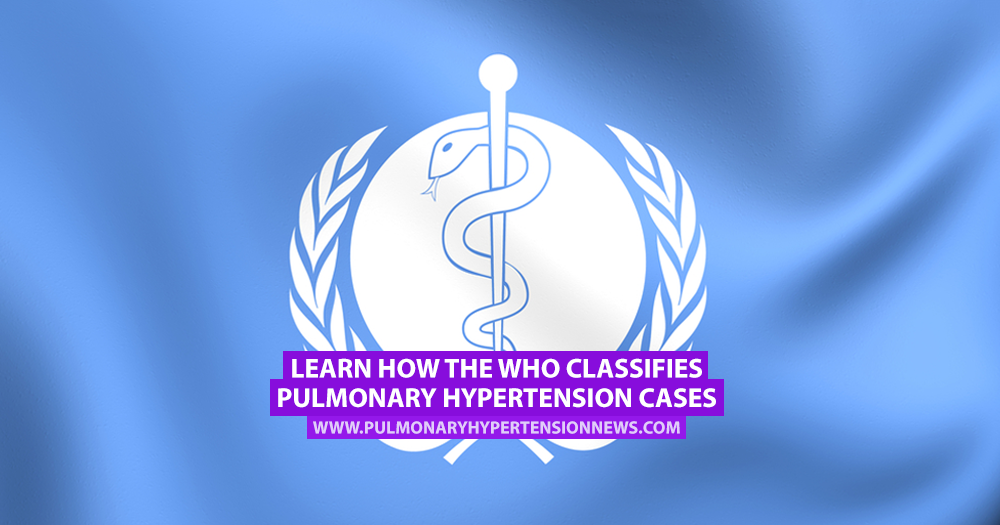Learn How the WHO Classifies Pulmonary Hypertension Cases

The World Health Organization has a pulmonary hypertension clinical classification system that was created in 2008 and updated the following year, where they divide the disease into five groups, sorted by cause, origin, incidence and prevalence. This classification system is used for death certificates, diagnosis, mortality statistics, records, and other purposes.
MORE: Pulmonary hypertension overview
The first group, or group one, is comprised of the types of PH that are usually linked to abnormalities in the arterioles. This would include diseases like pulmonary arterial hypertension, inherited pulmonary hypertension, and idiopathic pulmonary hypertension.
This group would also include associated pulmonary arterial hypertension subtypes that originate from:
- Connective tissue diseases
- Congenital heart problems
- High blood pressure in the liver
- Thyroid gland
- HIV
- And others
The second group, or group two, is made up of PH cases caused by left heart disease like cardiomyopathy and aortic regurgitation. The right side of your heart pumps blood into the lungs and sends it to the left side which distributes oxygen to the whole body. Patients with PH who have left ventricle problems will also develop problems in the right side, as the poor condition of one will overwork, and eventually weaken, the other side.
The third group, or group three, consists of types of PH that have been caused by lung diseases or an oxygen deficiency in the body. In this group, diseases like COPD, interstitial lung disease and sleep-disordered breathing (like OSA) are usually what leads to pulmonary hypertension.
The fourth group, or group four, refers to chronic thromboembolic pulmonary hypertension, a pulmonary hypertension that originates from blood clots. Pulmonary thromboembolism is the term used for clots that travel through veins and end up clogging arteries in the lungs. After clogging, they will continue to accumulate by forming more clots, which will increase the pressure in the lungs causing hypertension.
Finally, the fifth group, or group five, is comprised of unclear multifactorial mechanisms and less frequent causes that don’t fit into any of the other groups.
MORE: Learn more about the pulmonary hypertension WHO classification system
Pulmonary Hypertension News is strictly a news and information website about the disease. It does not provide medical advice, diagnosis or treatment. This content is not intended to be a substitute for professional medical advice, diagnosis, or treatment. Always seek the advice of your physician or other qualified health provider with any questions you may have regarding a medical condition. Never disregard professional medical advice or delay in seeking it because of something you have read on this website.







